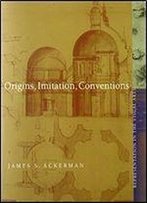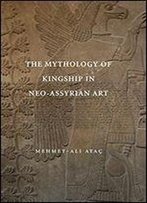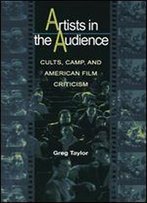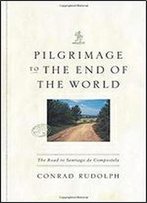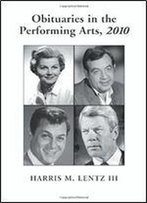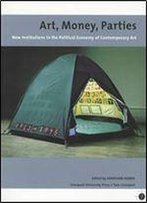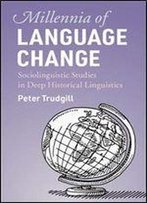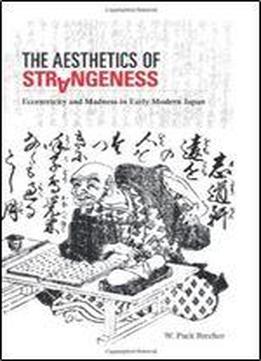
The Aesthetics Of Strangeness: Eccentricity And Madness In Early Modern Japan
by W. Puck Brecher /
2013 / English / PDF
2.7 MB Download
Eccentric artists are “the vagaries of humanity” that inhabit the deviant underside of Japanese society: This was the conclusion drawn by pre–World War II commentators on most early modern Japanese artists. Postwar scholarship, as it searched for evidence of Japan’s modern roots, concluded the opposite: The eccentric, mad, and strange are moral exemplars, paragons of virtue, and shining hallmarks of modern consciousness. In recent years, the pendulum has swung again, this time in favor of viewing these oddballs as failures and dropouts without lasting cultural significance. This work corrects the disciplinary (and exclusionary) nature of such interpretations by reconsidering the sudden and dramatic emergence of aesthetic eccentricity during the Edo period (1600–1868). It explains how, throughout the period, eccentricity (ki) and madness (kyo) developed and proliferated as subcultural aesthetics. By excavating several generations of early modern Japan’s eccentric artists, it demonstrates that individualism and strangeness carried considerable moral and cultural value. Indeed, Edo society fetishized various marginal personae?the recluse, the loser, the depraved, the outsider, the saint, the mad genius?as local heroes and paragons of moral virtue. This book concludes that a confluence of intellectual, aesthetic, and social conditions enabled multiple concurrent heterodoxies to crystallize around strangeness as a prominent cultural force in Japanese society.
A study of impressive historical and disciplinary breadth, The Aesthetics of Strangeness also makes extensive use of primary sources, many previously overlooked in existing English scholarship. Its coverage of the entire Edo period and engagement with both Chinese and native Japanese traditions reinterprets Edo-period tastes and perceptions of normalcy. By wedding art history to intellectual history, literature, aesthetics, and cultural practice, W. Puck Brecher strives for a broadly interdisciplinary perspective on this topic. Readers will discover that the individuals that form the backbone of his study lend credence to a new interpretation of Edo-period culture: a growing valuation of eccentricity within artistic and intellectual circles that exerted indelible impacts on mainstream society. The Aesthetics of Strangeness demystifies this emergent paradigm by illuminating the conditions and tensions under which certain rubrics of strangeness? ki and kyo particularly?were appointed as aesthetic criteria. Its revision of early modern Japanese culture constitutes an important contribution to the fieldThis book provides a corrective to existing scholarship on eccentric artists by reconsidering the sudden and dramatic emergence of aesthetic strangeness during the mid Edo period. It explains how through the period, eccentricity and madness developed and

